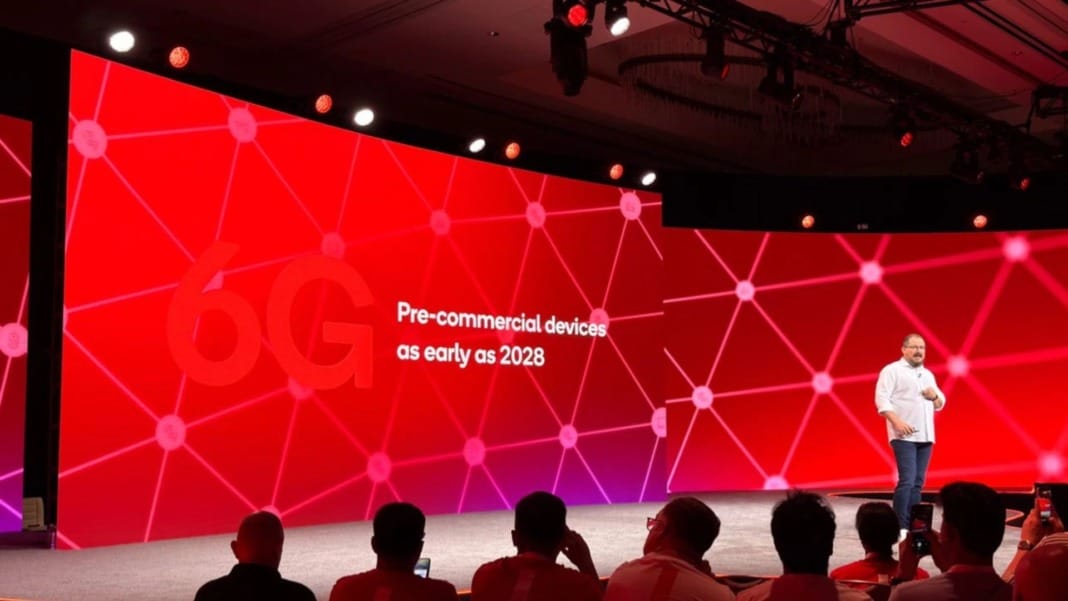Qualcomm has suggested that the next generation of mobile network technology could arrive sooner than many expect. Speaking at the Snapdragon Summit 2025, held this week, the company’s Chief Executive Officer and President, Cristiano Amon, outlined a vision for 6G networks, predicting that pre-commercial devices could begin appearing by 2028.
The role of AI in shaping 6G
In his keynote address, Amon highlighted the growing influence of artificial intelligence in driving advances in communications technology. He described how AI systems, once separate, are now designed to work together seamlessly across both cloud and edge computing. This shift, he explained, is a crucial factor in accelerating the arrival of 6G.
“As you think about the evolution of AI itself. You have a collection of models that work as one system… these models run on the edge, and it’s no longer talking about different use cases for cloud and edge (computing). (AI) Models are already designed to be in both,” Amon said.
He added that the difference between 5G and 6G goes beyond faster speeds and higher data capacity. According to him, 6G will also advance perception and sensor data, thanks to the role of AI at the edge. “We have been working on this for a while, and it’s sooner than you think,” he noted.
Qualcomm’s 6G timeline
While the commercial deployment of 6G networks is likely to occur later, Qualcomm expects early devices to emerge around 2028. This would align with the industry’s typical cycle of introducing new generations of wireless technology roughly every decade. 5G, for example, was first rolled out in 2019, and development work on 6G has already been underway among major telecom firms and global standards bodies.
Amon emphasised that Qualcomm has been preparing for this transition for years, working closely with partners across the mobile ecosystem. The company aims to position itself as a leader in the transition from 5G to 6G, just as it did during the current generation.
A new ecosystem of mobile experiences
Qualcomm also used the event to highlight how 6G could change everyday interactions with mobile devices. The company pointed to the concept of an “ecosystem of you,” where agentic AI running directly on phones enables more personalised and intuitive experiences. These advances could make devices feel less like tools and more like extensions of the user, adapting to individual needs in real time.
The Snapdragon Summit served as a platform for Qualcomm not only to share its roadmap but also to spark discussion about the transformative potential of next-generation connectivity. While 2028 may still seem distant, the company’s outlook suggests that work towards 6G is well underway, and its impact may arrive sooner than many expect.





